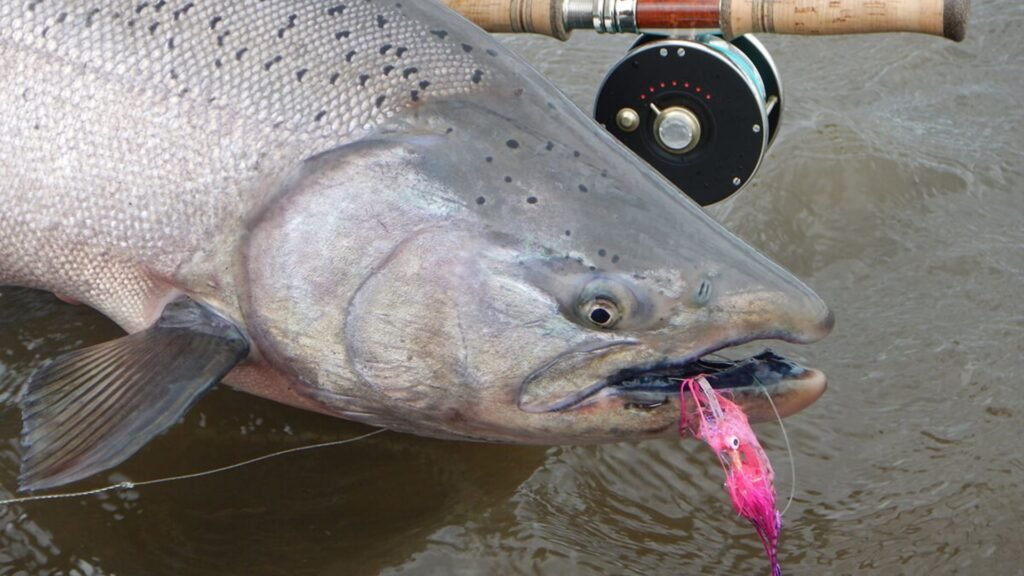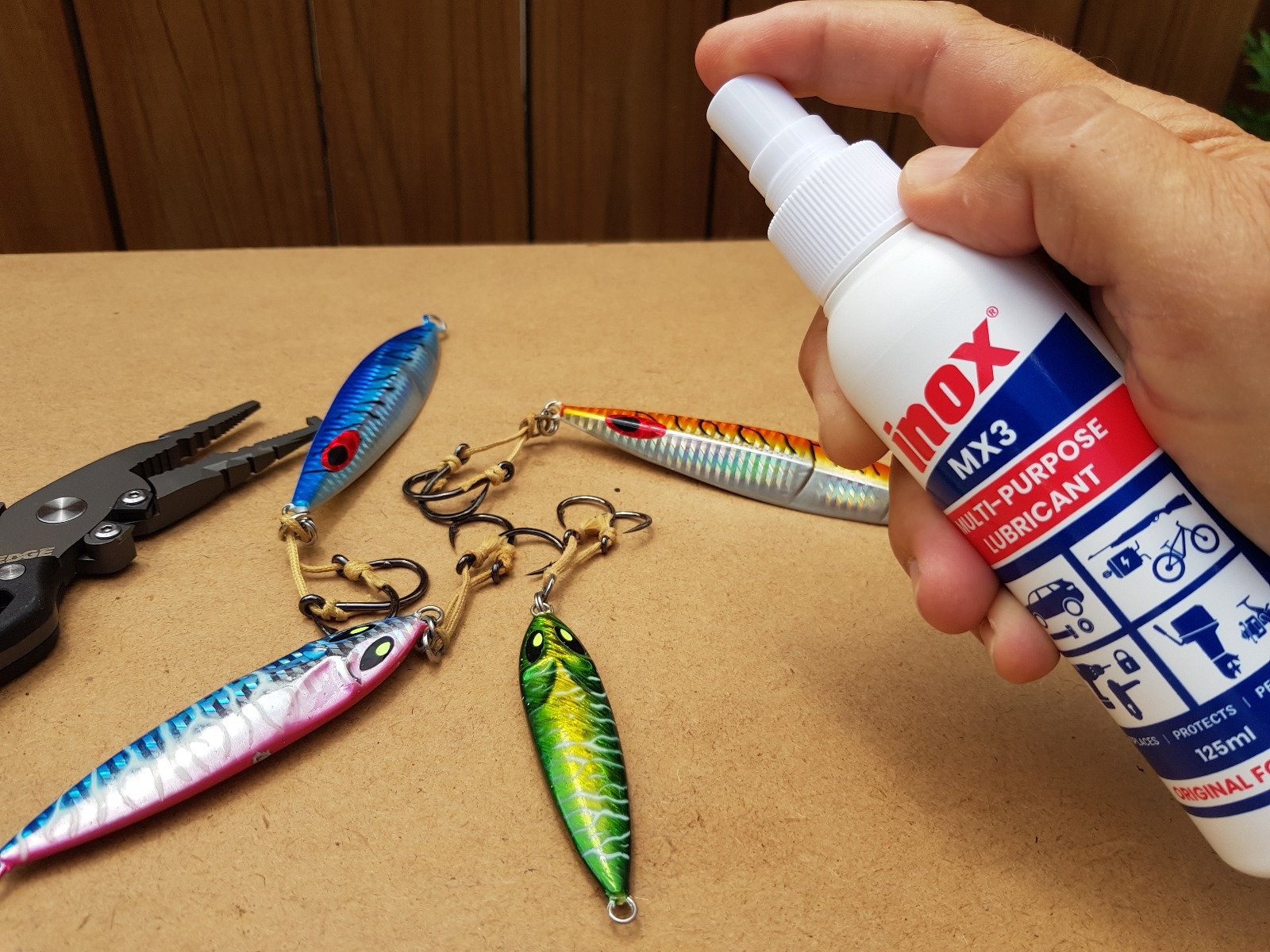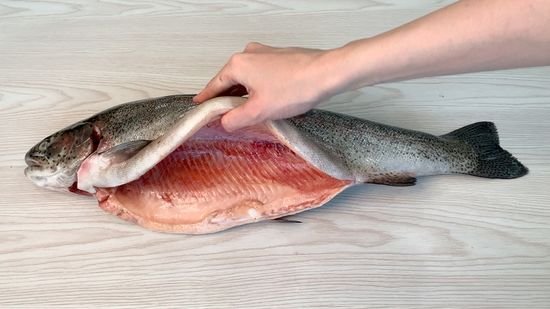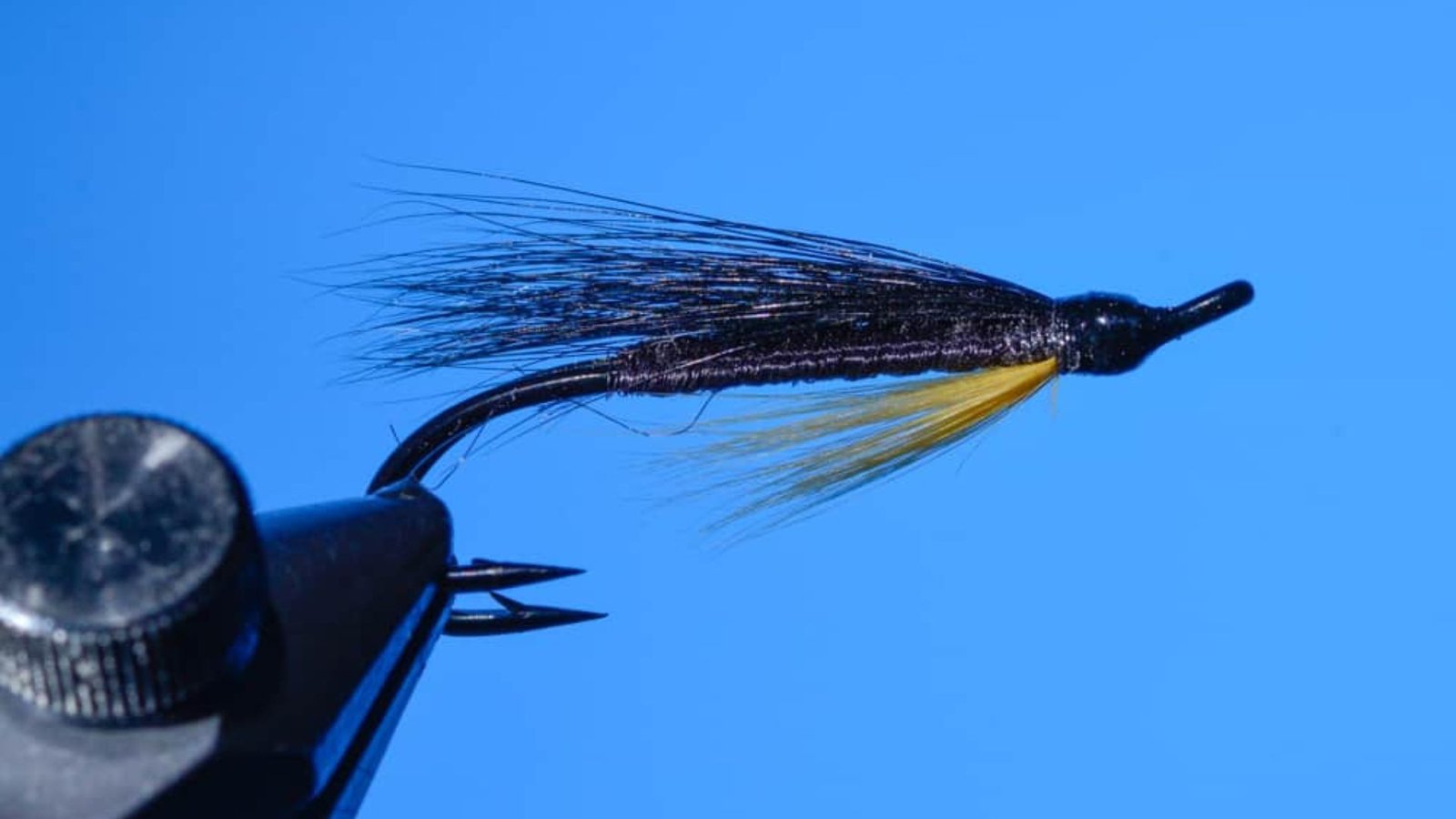Salmon fly fishing requires a combination of knowledge, skill, and patience to effectively target these prized fish species. By improving your techniques, you can increase your chances of landing a catch and enjoy a more rewarding fishing outing.

How to Improve Your Salmon Fly Fishing Techniques
1. Understand Salmon Behavior and Habitat
a. Research Salmon Species: Learn about the specific salmon species in your fishing area, such as Chinook, Coho, or Atlantic salmon. Understand their feeding habits, migration patterns, and preferred habitats.
b. Study River Conditions: Familiarize yourself with the river or stream where you plan to fish. Pay attention to water temperature, flow rate, structure (such as pools, riffles, and runs), and potential spawning grounds.
2. Master Casting Techniques
a. Basic Casting: Practice basic casting techniques, including overhead casts, roll casts, and sidearm casts. Develop accuracy and distance control to effectively reach target areas where salmon are likely to be present.
b. Double Haul Technique: Learn the double haul technique to increase line speed and cast further distances with greater accuracy. This technique is particularly useful when dealing with windy conditions or when casting heavy flies.
3. Selecting the Right Gear
a. Rod and Reel Selection: Choose a salmon fly rod that matches the fishing conditions and the size of the fish you intend to catch. Opt for a medium to fast action rod with a strong backbone for handling large salmon.
b. Fly Lines: Select appropriate fly lines such as floating, sinking, or sink-tip lines based on water depth and current speed. Match the line weight to your rod specifications for optimal performance.
4. Learn Effective Fly Presentation Techniques
a. Dead Drift: Master the art of dead drifting your fly to mimic natural insect behavior. Allow the fly to drift naturally with the current, presenting it at the fish’s eye level and maximizing its chances of being taken.
b. Swinging Flies: Practice swinging flies across current seams and into likely holding areas where salmon gather. Vary the speed and depth of your swing to entice strikes from feeding fish.
5. Understand Fly Selection and Hatch Matching
a. Matching the Hatch: Study local insect hatches and select fly patterns that closely resemble the insects salmon are feeding on. Carry a variety of flies in different sizes and colors to adapt to changing hatch conditions throughout the day.
b. Experimentation: Be willing to experiment with different fly patterns and techniques based on fish response and environmental factors. Keep a logbook to record successful patterns and strategies for future reference.
6. Practice Proper Fish Handling and Conservation
a. Catch and Release Techniques: Handle salmon with care to minimize stress and injury. Use barbless hooks to facilitate quick and safe release. Avoid excessive handling and support the fish in the water until it swims away strong.
b. Conservation Ethics: Practice ethical fishing practices by respecting fishing regulations, minimizing your impact on the environment, and advocating for salmon conservation efforts to ensure sustainable fisheries.
7. Continuous Learning and Adaptation
a. Stay Informed: Stay updated on the latest techniques, gear innovations, and local fishing reports. Join fishing forums or clubs to exchange tips with fellow anglers and expand your knowledge base.
b. On-Water Experience: The more time you spend on the water, the more you’ll refine your skills and intuition for finding and catching salmon. Learn from each fishing outing and apply insights to improve your future performances.
Conclusion: Enjoying Successful Salmon Fly Fishing
Improving your salmon fly fishing techniques involves a combination of preparation, practice, and adaptation to varying fishing conditions. By honing your casting skills, mastering fly presentation, and understanding salmon behavior, you can increase your success rate and create memorable fishing experiences on freshwater rivers.




